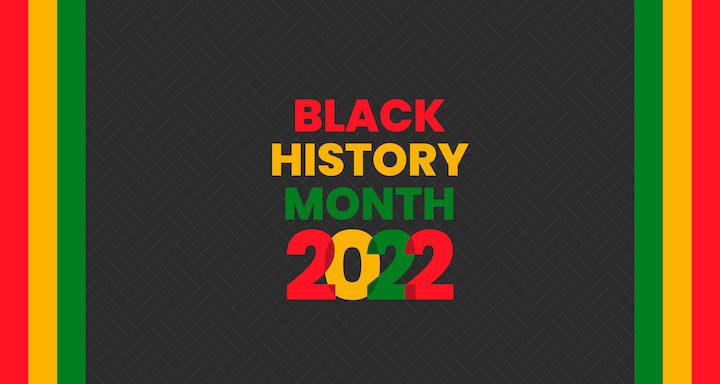Each February, countries across the world celebrate the contributions that Black history, culture and the efforts Black stories have made to society. As in many industries, Black professionals have helped shape architecture far and wide.

Lakisha Ann Woods
Look no further than the American Institute of Architects’ (AIA) recently-named CEO Lakisha Ann Woods, CAE. Woods’ impressive resume displays an incredible mark on the building design and construction industry prior to joining AIA. She most recently served as the president and CEO of the National Institute of Building Sciences. Woods has also served as the senior vice president and chief marketing officer with the National Association of Home Builders.
She is currently the 2021-2022 vice chair of the U.S. Green Building Council, 2021-2022 chair-elect of the American Society of Association Executives (ASAE), and chair of the ASAE Foundation. She has also led initiatives to address discrimination and improve equity in the building industry.
Woods references AIA’s new strategic plan as a big reason why she’s so supportive of the association. As she tells Architect Magazine,
The bold goals designed and approved by AIA leadership can transform the industry. In 10 years, we must address climate action. It is our responsibility to design solutions to create a better tomorrow. In addition, racial and gender equity is the key to innovation and the growth and development of our workforce.
Germane Barnes
American architect, designer and assistant professor of architecture at the University of Miami in Florida, Germane Barnes was a recent recipient of the Rome Prize in Architecture. He is also the 2021 Harvard GSD Wheelwright Prize winner, Rome Prize Fellow and winner of the Architectural League Prize.
Barnes wanted to be an architect since he was a child. He references kindergarten visits to his mother’s office in the Sears Tower and his experiences growing up in Chicago’s far west side as early inspirations. Per Wallpaper*,
Barnes’ experience of the city’s segregation was firsthand – he traveled daily from his neighborhood, ‘easily identified as a low-income food desert’, to his elementary and high schools in much more affluent areas of the city, observing how the ‘scale, density and racial demographics of the city change[s]’. That insight has conditioned him to address and acknowledge the social and racial demographics of cities. ‘For as long as I can remember my entire life has been a negotiation of affluence and poverty. These lessons are why I pursue my work.’
Prescott Reavis
Prescott Reavis was an Oakland-based architect, award-winning educator and a mentor to the practice and his community. He sadly passed away on February 8 of this year.
Reavis was the Founder and Director of Kulima, a community design, planning, and teaching practice, which, the company says, “empowers everyday citizens of all ages to use their collective knowledge and voices to shape the physical environment to their visions by engaging them in their spaces for non-profits, small business, community based and governmental organizations.”
Reavis served as the Director of Community Planning and Project Manager for Public Interest Design Organization AND Architecture + Community Planning. He was an Associate and Director of Student Internships at Anshen + Allen Architects (now Stantec). He has taught at UC Berkeley Center for Cities and Schools Y-PLAN program as a consultant and was an adjunct lecturer at Howard University School of Architecture.
Reavis held leadership roles within organizations such as AIA San Francisco, the National Organization of Minority Architecs, and Youth Plan Learn Action Now!. He has served as the co-chair for AIA SF’s Mentorship Committee as well as a founding member of the SF NOMA chapter, Project Pipeline, and chair of NOMA’s national student competition. Per Archinect,
What is most powerful about Reavis’ life isn’t the number of programs and organizations he was involved in but his relentless spirit and attitude for being an action of change. For many, Reavis was more than just a practitioner. He was a devoted friend, family member, and cheerleader for Black architects and designers.
These Black industry greats who have blazed a trail and made their mark on the industry are of course just a small sample of a much larger community. Join us on Twitter, Facebook, Instagram and LinkedIn to continue the discussion.


